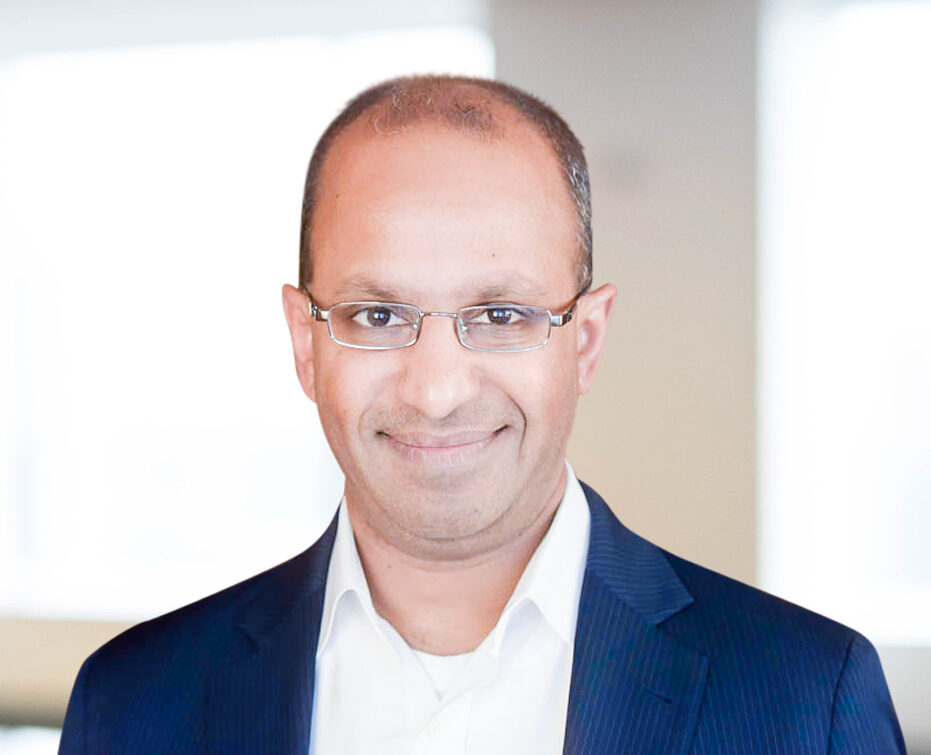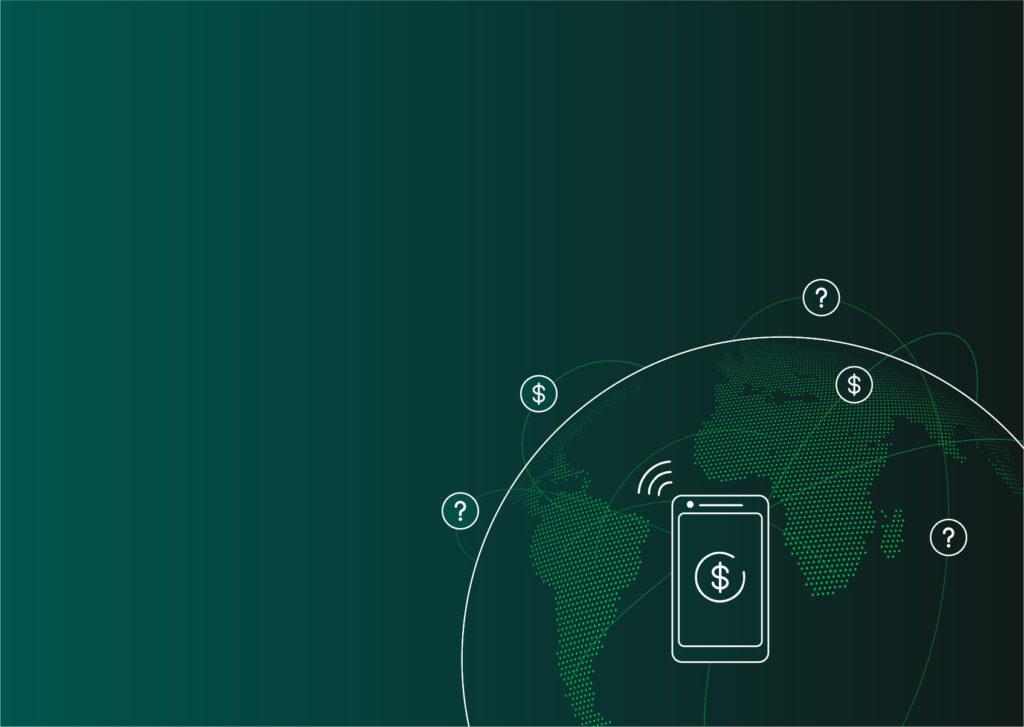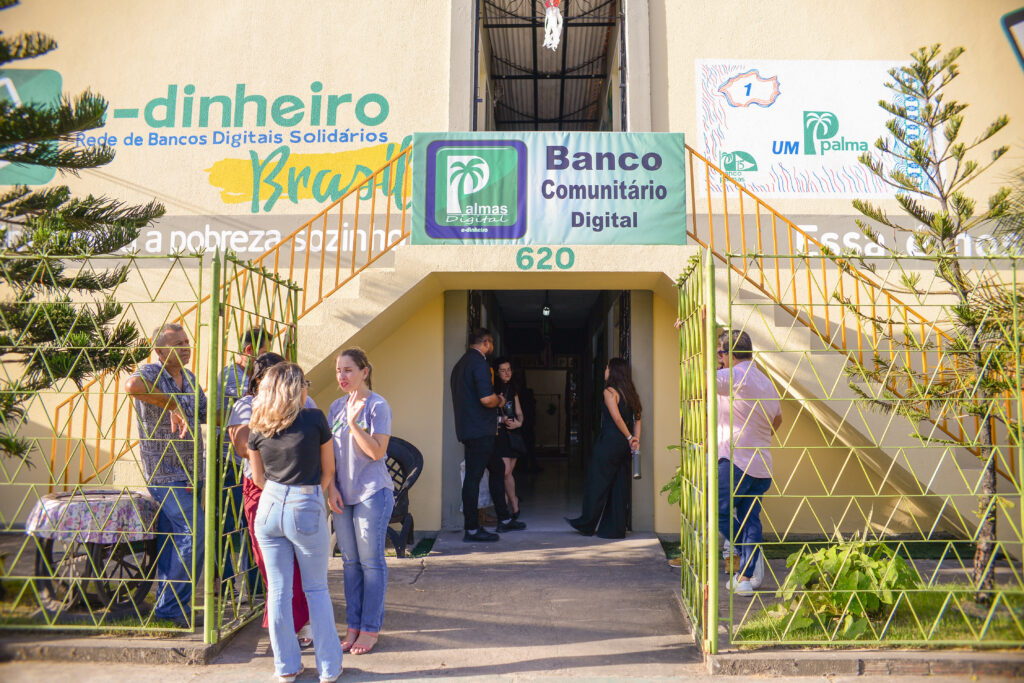
Series
This article was originally published by Accion.
This summer, I visited Brazil several times, most notably for the Responsible Finance Forum (RFF) in Fortaleza, convened by the Center for Financial Inclusion (CFI) alongside the G20 Global Partnership for Financial Inclusion (GPFI) meetings.
Brazil’s presidency helped showcase that the country is at the center of a major shift in inclusive finance. Since the launch of the Pix payment system in 2020, over 140 million Brazilians – approximately 80 percent of the adult population – have sent or received an electronic payments transfer. And while there are still vast social and economic inequities, and rising loan defaults that need safeguards to protect vulnerable consumers, there are also innovations in how financial services and products are delivered to address these inequities, often at the most local level.
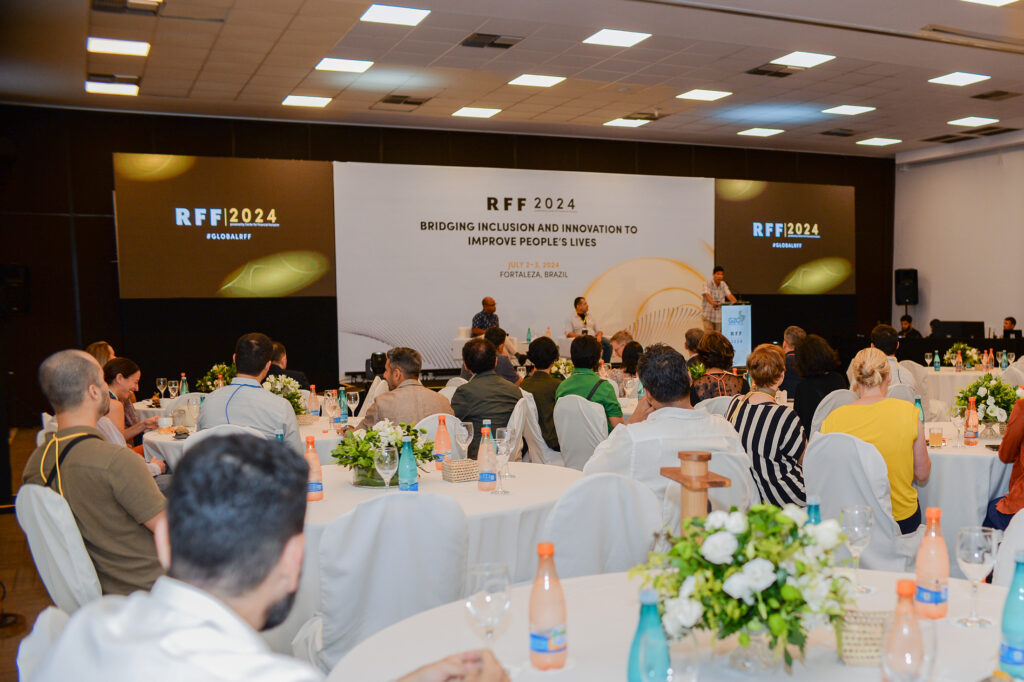
Banco Palmas as a community bank
In Fortaleza, I saw an example of local innovation when visiting Banco Palmas. I was given a debit card made of bamboo, the local Palmas plant, pre-loaded with 50 Brazilian reais. The card was usable at local merchant points and served as a reminder of Brazil’s position at the frontier of climate change. For the consumers we visited, however, it was more practical: their first point of contact with a digital financial system.
Banco Palmas, one of Brazil’s first community development banks, was founded in 1998 as part of the ‘solidarity finance’ movement. It is a fascinating organization that reflects Brazil’s financial inclusion journey. Emerging from a need to address social inequities, the model has been enabled by the country’s digital transformation and is embedded deeply in the economic as well as the social fabric of the community.
Like many of Brazil’s large cities, Fortaleza houses a significant percentage of its population in favelas. Conjunto Palmeira, where Banco Palmas is located, is a neighborhood occupied by a community that had been displaced from the coasts to a flooded, swamp-filled region. By the 1990s, the urbanization of Fortaleza meant that Conjunto Palmeira received access to a sewage and drainage system, drinking water, and electricity. However, the area still lacked access to formal financial services and employment, and literacy was limited.
Long before financial diaries became popular in the inclusive finance sector as a method to understand financial lives, Banco Palmas’ founder Joaquim Melo and his team utilized a participatory approach to identify community needs. They interviewed 2,300 of the 18,000 residents of Conjunto Palmeira to map their financial lives, and using these insights, they created a community bank built around a local ‘currency’ – an e-money that could be used locally initially, and later became interoperable with the Brazilian reais. At the same time, they used their learnings to create an ecosystem of solutions with connections to the real economy, by organizing around producer cooperatives and bringing economic development and jobs to local neighborhoods by encouraging consumption of local products.
Today, Banco Palmas is part of a larger network of over 100 community banks, all grounded in the linkage between the financial and real economies and catering to some of the most vulnerable communities in Brazil: indigenous communities, fisherfolk in the Amazon, smallholder farmers, and residents of favelas across the country.
The beauty of the Banco Palmas model is that it began with consumer needs and responded with a financial service to meet those needs, but it didn’t end there. Banco Palmas also systematically continued to track the marketplace and its producer-consumer dynamics; in doing so, the institution channeled capital to places that most needed it, creating a strategic ‘moat’ for the model and resilience for the community.
This is embedded finance at its best, where community members can use financial services that are embedded within the real economy and, in turn, strengthen the real economy. The model continues to evolve to adapt to opportunities in the external environment and benefit from these linkages.
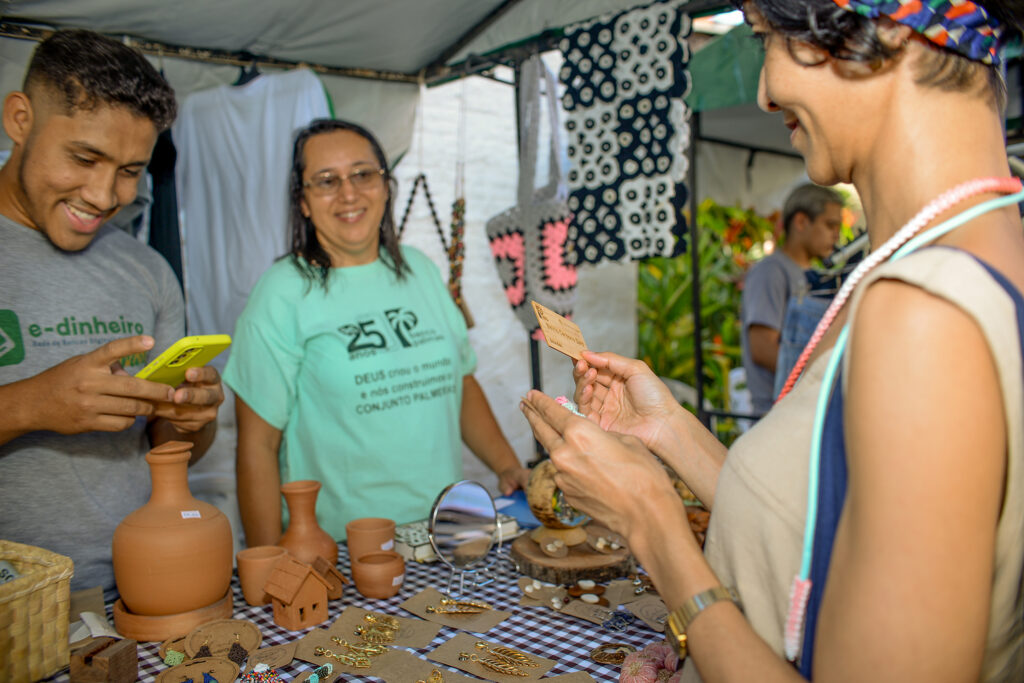
Lessons from Banco Palmas
There are three lessons I gleaned from Banco Palmas, which are relevant to the larger story of embedded financial services for inclusion and impact.
1. Develop solutions in a participatory manner
First, institutions that cater to the needs of consumers at the last mile often speak of consumer insights. However, few institutions truly involve consumers in a participatory manner, by listening and learning, to first identify the explicit needs of those customers to participate in the formal economy, but also continuously learn from their experiences and understand the more implicit needs of the community to grow local businesses and build community cohesion.
Participatory problem solving was at the heart of Banco Palmas from the beginning of its journey, which both allowed them to meet the community’s needs, but this approach also created buy-in for the products and services they offered to meet those needs. Financial products can be stressful for new users, and Banco Palmas’ approach helped mitigate this challenge.
2. Move beyond income and expenses at household level to enable wealth creation at community level
Over the years, Banco Palmas has not only been extending credit to the local community, they have also been building on the initial learnings by systematically tracking shifts in local demand and consumption. The Banco Palmas enterprise offices reminded me of FarmVille, filled with hand-drawn charts that track data on demand and supply of milk, eggs, and other agricultural and consumer products from the community, to understand wealth generated within the community from local employment and sales of products, and surplus sold outside the community.
But this is not a game. This is a data-driven and analytical way to really understand the supply and demand dynamics of the community. And critically, enterprises are started and funded based on insights from this consumer demand data to inform what can be produced locally, allowing local entrepreneurs to both sustainable businesses and generate jobs for the community.
3. Finance to improve living conditions, but also to strengthen the social fabric of local communities
During the extended lockdown period catalyzed by the COVID pandemic, Banco Palmas realized that the local community faced food insecurity. Given the lack of space and irrigation facilities available to grow vegetables in the Conjunto Palmeira neighborhood, Banco Palmas trained people to grow vertical hydroponic gardens. A few years later, the produce from the gardens is not just used for consumption by local families, the surplus is used in other training programs the community runs like the Ceara Cuisine Festival that trains beneficiaries of the Bolsa Familia programs to display their culinary skills.
The skill-building programs extend beyond growing food to tailoring, and even nurturing artistic talent. A particularly inspiring example we saw was the ‘white hands’ choir, deaf singers who use Brazilian sign language to find dignity and voice through their art. In the Conjunto Palmeira community, finance is not just a tool to improve living conditions, but also build a supporting environment for vulnerable communities.
Scaling socially embedded financial solutions
With last week’s announcement at the G20 meetings in Rio that South Africa would assume the G20 presidency next, I started reflecting on the path forward, and thinking about the innovations that we will learn from, as we spend time there next year.
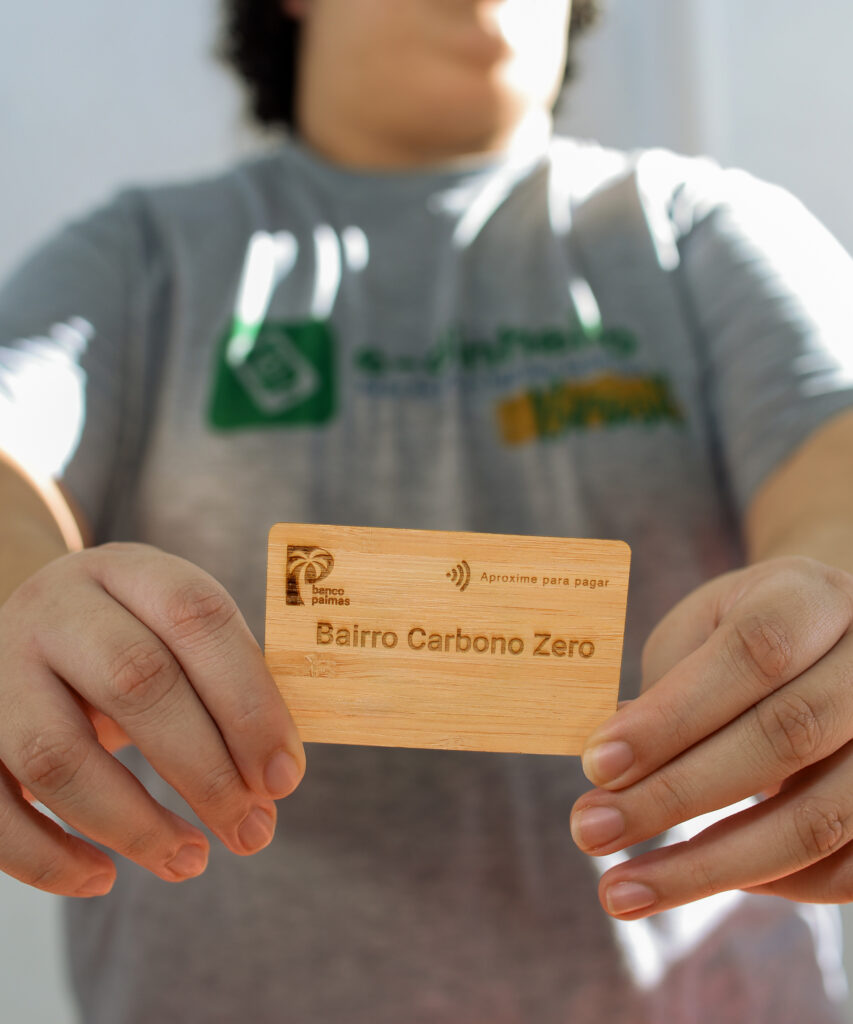
Banco Palmas uniquely builds on Brazil’s digital transformation, and the bamboo card reminds me that digital transformation ultimately comes from establishing strong use cases that serve the local market.
The model exists in over 100 communities and community banks across Brazil as an example of ‘scale through replication.’ However, each of these community banks has repositories of rich data about local communities. Could this data be used to design and deliver innovative and responsible services if it were made available more widely? And is there sufficient sharing across institutions, both within Brazil but also with institutions in other countries (like South Africa and others) that might face similar economic conditions? And what can Brazil continue to learn from innovations in other parts of the world?
One theme is universal, however. Rising inequality can destroy social cohesion and trust. Financial services that seek to build social cohesion can be an important response to broader development problems and, in turn, contribute to social capital and community resilience. Banco Palmas has built an institution that has strengthened the local community financially but also created the broader change they wanted to see, which is perhaps the most valuable lesson of all.
